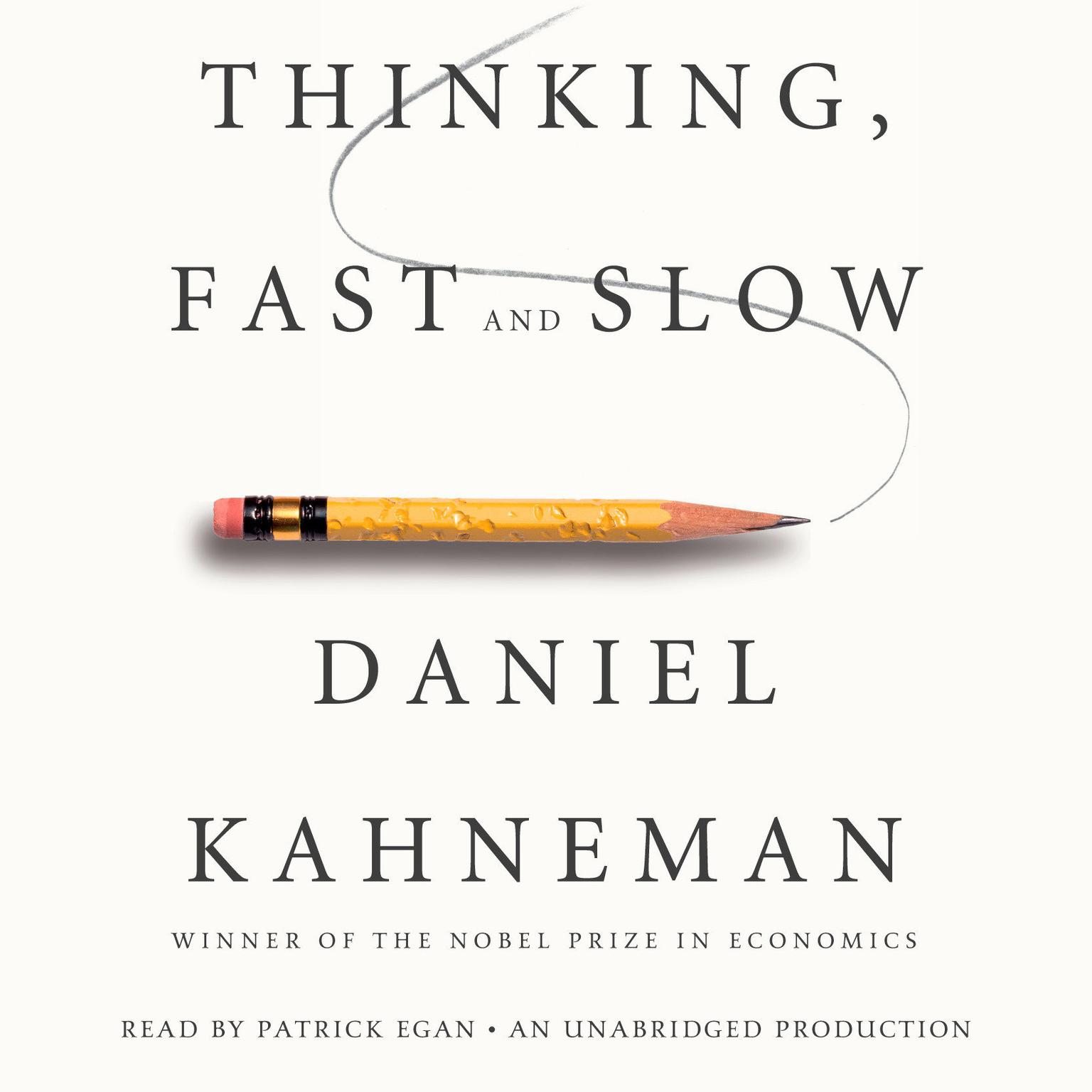


Instead, TFS provides an assessment and integration that goes far beyond these early, comparatively simple questions. In accepting an invitation to review Thinking, Fast and Slow ( TFS) by Daniel (Danny) Kahneman, I anticipated getting a comprehensive and clear response to these decades-old questions. Consider getting feedback from customers, employees, and outside experts to gain a broader understanding of the market and make better decisions.Do cognitive biases show up in people other than college sophomores? Do people make decision mistakes outside the lab, when real incentives are on the line? Are smart people immune from bias? Are these biases really mistakes? Does experience eliminate biases?Īs a card-carrying member of the biases-and-heuristics crowd of the behavioral decision research field, these are the questions I have continually been asked over the years, despite my belief that they were answered conclusively long ago. Be mindful of the impact of presentation and adjust your displays and merchandising strategies accordingly.ĥ.Seek diverse perspectives: It's easy to overestimate our own abilities and knowledge, but seeking diverse perspectives can help us avoid overconfidence. For example, presenting clothing on mannequins can help customers envision themselves wearing the clothes. For example, you might use visuals and language that evoke feelings of luxury, comfort, or excitement.Ĥ.Be aware of the impact of presentation: The way products are presented can have a significant impact on customer behavior. Use emotional appeals in your marketing campaigns to appeal to your target audience. By having a systematic and analytical approach, you can avoid errors in judgment.ģ.Leverage emotions in marketing: Fashion is an emotional industry, and emotions can play a significant role in customer decision-making. Use data to track sales trends, customer preferences, and inventory levels. By being aware of biases such as the availability heuristic, you can make more informed decisions.Ģ.Use data to mitigate cognitive limitations: We all have limited cognitive resources, but data can help us make better decisions. For example, you might be more likely to order more of a particular style that has been selling well recently, even if the trend is likely to fade soon. Here are some ways to use these learnings:ġ.Be aware of cognitive biases: As a fashion retailer, it's important to be aware of the cognitive biases that might influence your decisions.

The learnings from "Thinking, Fast and Slow" can be applied in various ways to improve decision-making in fashion retail.


 0 kommentar(er)
0 kommentar(er)
